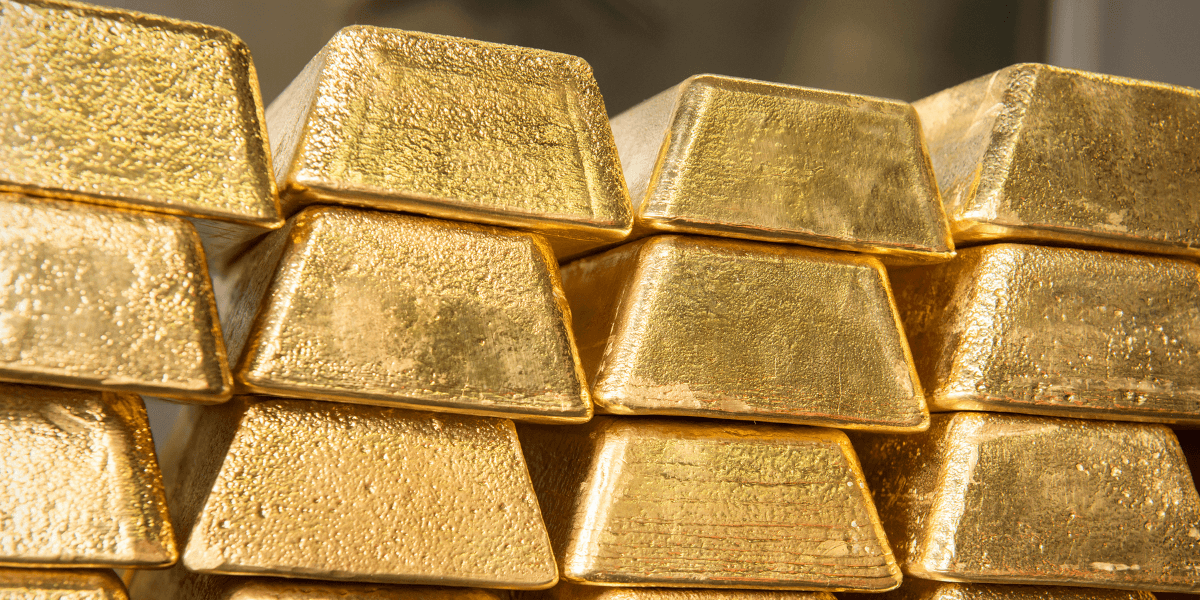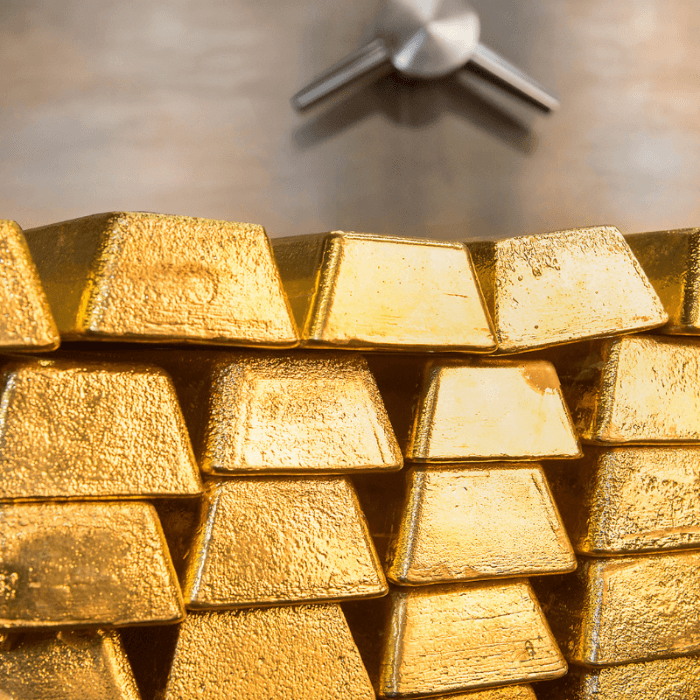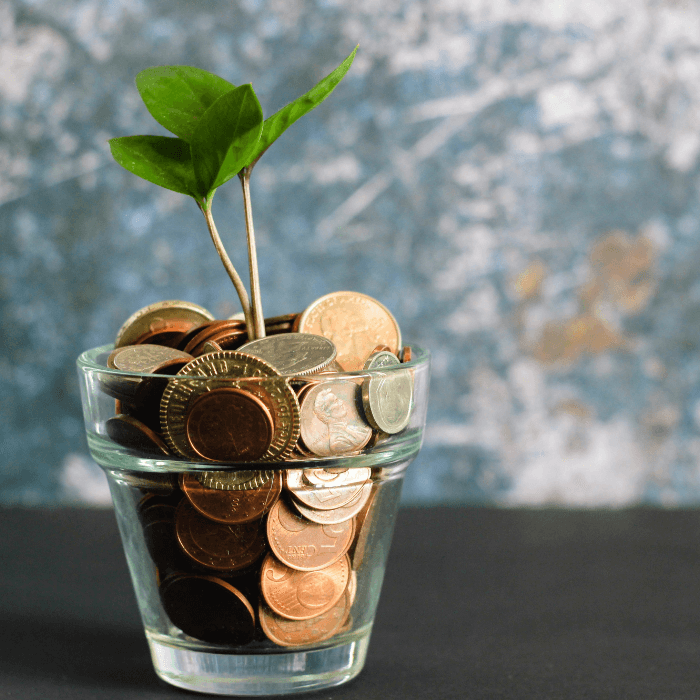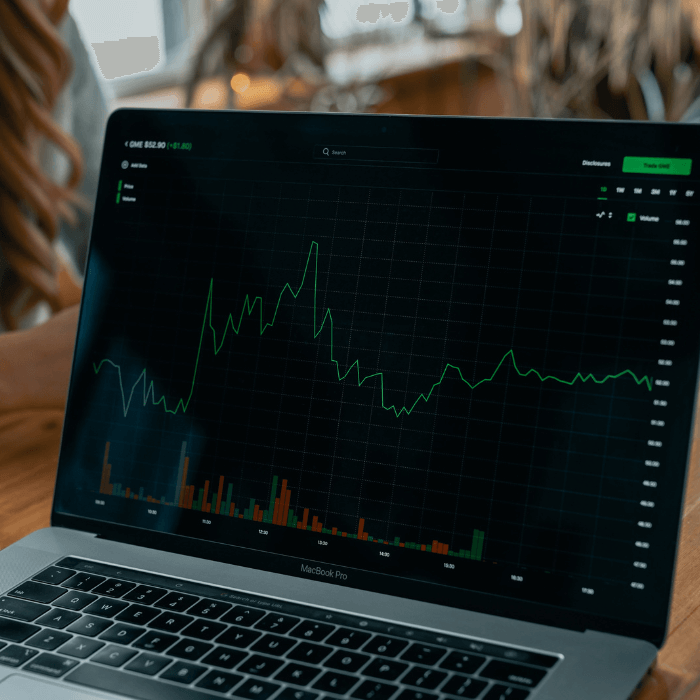
In the dynamic global economy, inflation is a persistent challenge that can diminish the purchasing power of money and impact savings. Given such uncertainties, precious metals like gold, silver and platinum are often considered by investors seeking to potentially stabilise and protect their portfolios. This is because these metals are valued not only for their intrinsic worth but also for their historical performance during periods of economic volatility. This article examines five distinct strategies commonly used by investors to incorporate precious metals into investment portfolios, exploring how they might serve as a potential buffer against the ongoing effects of inflation.
What Does Hedging Against Inflation Mean?
In its simplest form, hedging against inflation could involve using strategies or investments to protect the purchasing power of assets or income from the eroding effects of inflation. Generally, inflation reduces the value of money over time, meaning the same amount of money may purchase fewer goods and services in the future. Amongst a variety of other strategies, investment in commodities such as gold and silver could provide a hedge against inflation. The value of gold and silver may rise when inflation occurs, possibly preserving the purchasing power of your initial investment.
1. Direct Investment in Gold and Silver
Direct investment in physical metals including gold, silver and platinum is one of the most popular ways of introducing them into a portfolio. This is because these metals traditionally hold their value over time, effectively providing a counterbalance during periods of currency devaluation and economic uncertainty. Gold, known for its enduring appeal and long-term stability, is often the preferred choice for investors seeking to mitigate inflationary risks, and physical investments are most commonly in the form of coins or bars.
Coins like The Sovereign and Britannia are some of the most popular, with other ranges also available that may feature limited editions or perhaps more intricate or collectable designs. Coins may also be exempt from capital gains tax (CGT) for UK residents, and both gold coins and bars are VAT free. Silver or gold bars on the other hand may be appealing for those looking for bulk investments without the purchase premium that may accompany some coin ranges.
Although physical metals require considerations like storage and insurance, they provide a tangible asset that can be readily liquidated or passed down as part of an estate or inheritance, ensuring a legacy of value beyond simple monetary worth.
2. Digital Gold and Silver
As technology evolves, so do the methods for investing and precious metals are no different. Digital precious metals represent a modern approach to traditional investments, offering the benefits of owning precious metals without the physical storage requirements. Although we refer to these as digital, generally they function similarly to their tangible counterparts as they are backed by metal holdings but allow for greater flexibility in trading and management.
The Royal Mint offers DigiGold, Digital Silver and Digital Platinum, providing an accessible entry point and the ability to buy, sell and store your investments online with ease. Digital tends to be favoured by those looking to diversify their portfolio into precious metals with minimal hassle and less upfront costs. One of the primary advantages of digital investments is the elimination of concerns around the security and insurance of physical holdings, as well as the associated liquidity and speed that comes with transacting online.
3. Investing in Gold and Silver ETCs
Exchange-traded commodities (ETCs) that specialise in precious metals offer another avenue for those looking to gain exposure to the market without directly owning and safeguarding physical assets. These ETCs primarily focus on gold, silver or platinum, and track the price movements of the metals on the international market. Investors can buy and sell shares in a precious metals ETC through a brokerage account, just as they would with stocks, making it a highly accessible option. In addition, ETCs allow you to easily diversify and spread risk within a portfolio, whilst capitalising on the potential inflation-hedging properties of precious metals.
One noteworthy option is The Royal Mint's Responsibly Sourced Physical Gold ETC, which can be searched via its ticker code RMAU (USD) and RMAP (GBP). The fund not only provides close tracking to the performance of the gold price, but also boasts a majority allocation to recycled gold bars. Manufacturing recycled gold bars expends a fraction of the carbon involved compared to the processing of newly mined bars. The Royal Mint aspires to be the standard-bearer for sustainable precious metals.
The RMAU ETC is backed by physical gold stored securely in The Royal Mint’s vaults, ensuring the good delivery gold bars meet the post-2019 standard for responsibly sourced gold, as asserted by the London Bullion Market Association (LBMA). This ETC offers a cost-efficient means to gain exposure to gold in a highly liquid market, with a sustainability overlay for the more environmentally conscious investor.
While investing in ETCs, it is essential to understand that you are investing in a fund that owns the metals, rather than the metals themselves. This means that although you do not have to worry about the costs of logistics, storage and insurance, you may lose out on some of the benefits that tangible assets offer, such as the direct security of having a physical product in safe custody at The Royal Mint’s vault. Similarly, there may be other ongoing costs to consider, such as trading and management costs, so you must do your own research and understand these points fully before committing to an investment.
4. Precious Metal Mining Stocks
Investing in stocks of mining companies might not be the first thing that comes to mind when you consider precious metal investments, but this less orthodox approach may be worth exploring if you are looking for something a little different. Precious metal mining stocks provide exposure to the metals market indirectly, as the value of the company you are investing in may be influenced by both the price of precious metals and also the performance of the company itself and the position of its balance sheet.
As with any stock, the operational success of the company is linked to the share price, however, with mining companies, an increase in metal prices can lead to an increase in profits for well-managed mining companies, which can in turn increase stock prices.
However, this investment often comes with higher volatility and risk than investing directly in the metals alone. The value of mining stock is not only affected by the price of metals but also by company performance, mining costs, geopolitical factors and even environmental regulations. Therefore, although this type of investment may be appealing to some, it does require a more active management of your portfolio when compared to purchasing physical metals or even ETCs.
5. Futures and Options Contracts
Futures and options contracts are advanced financial tools that let investors speculate on, or hedge against, future price changes of precious metals. Futures contracts require buying or selling a specific amount of metal at a predetermined price on a future date, offering a firm way to influence risk by locking in prices in advance. Options contracts, conversely, grant the right but not the obligation to buy or sell at a set price, providing flexibility and potential profits from favourable market conditions and movements.
Both types of contracts can be used effectively to form a hedge against inflation. As the prices of precious metals typically increase when inflation rises, locking in prices through futures or capitalising on price movements through options can be profitable. However, these instruments require a solid understanding of market mechanisms and often involve much higher risks and potentially higher costs when compared to more straightforward investments like physical or digital precious metals. For those already experienced in market trading, futures and options offer the opportunity to introduce precious metals into a portfolio, but they require comprehensive portfolio management and market understanding that may not be suitable for some.
How You Could Use Gold and Silver to Hedge Against Inflation with The Royal Mint
Incorporating precious metals into a portfolio might provide a hedge against inflation, particularly within a well-diversified investment strategy. As outlined, there are several avenues available to accommodate different risk tolerances and financial objectives. Whether through the tangible security of physical metals, the convenience of digital platforms, or the broader exposure provided by ETCs, each option offers a way to potentially mitigate the impacts of inflation. For those with deeper market knowledge, mining stocks and futures or options contracts present further strategic opportunities, though they come with their own set of risks and complexities. By thoughtfully considering these options, investors can position themselves to better navigate economic fluctuations, enhancing their portfolio's resilience in uncertain times.
The contents of this article are accurate at the time of publishing, are for general information purposes only and do not constitute investment, legal, tax or any other advice. Before making any investment or financial decision, you may wish to seek advice from your financial, legal, tax and/or accounting advisers.




